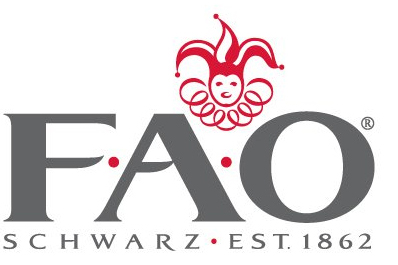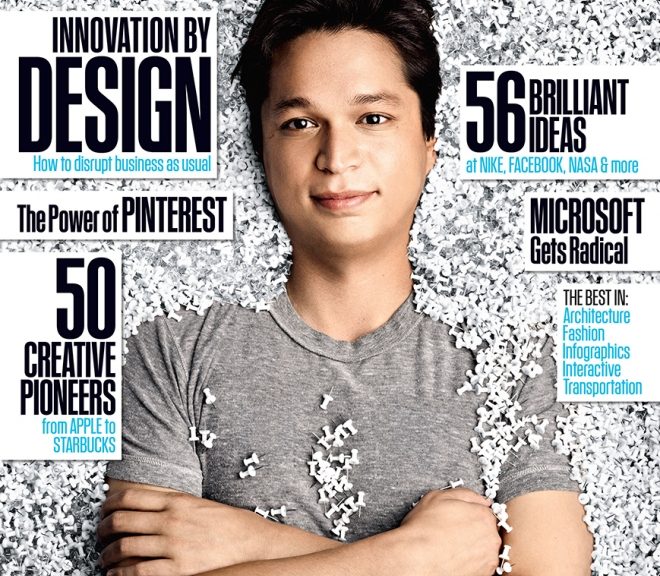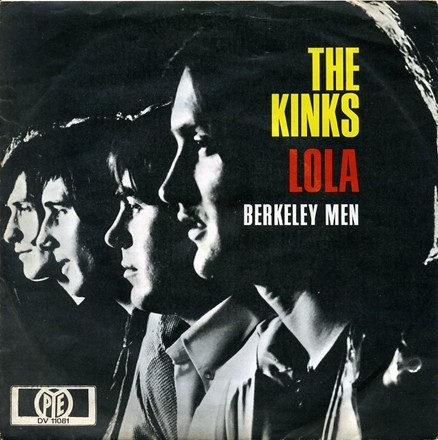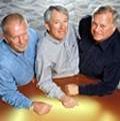The fact that D-P-R aren’t the initials of the three founders’ surnames is the first of many differences of the DPR brand. There are in fact the three initials of the founders’ first names – Doug Woods, Peter Nosler and Ron Davidowski – a more personable and accessible way to name your brand.
Doug, Peter and Ron set out to do things differently in an industry that has historically been very resistant to change.
As Doug says, “The industry hadn’t changed the way it does business a whole lot in the last 100 years. From the very beginning, we wanted to be quantifiably different and better. We wanted to be a truly great construction company … We wanted to create a new culture, a new way of doing business in this industry”
“At the time, most people thought of construction as more like a manufacturing type business,” said Peter. “It’s not; it’s a service business.”
“We wanted to be a customer-focused organization,” continues Doug. “We’re not a hard bid general contractor; we’re a negotiating general contractor that takes care of our customers. To do that, we need great people, who are happy and willing to work hard. That’s one of the things that started us, making us different from the very beginning.”
DPR started in July 1990, with $750,000 of capital, and as well as the trio of founders, there were eight more people. Amazingly, in 2015, seven of them are still with the company.
The company is now a lot larger, it reached the $1 billion mark in less than 10 years and in 2013, it reached $2.5 billion, but people are still central to their business success “There are many spectacular stories of individuals, who after coming to work here found out their true capabilities,” said Peter. “Several people have gone from pounding nails on a jobsite to becoming integral members of the management team. This represents success, as one underlying concept from the very beginning was to build an entrepreneurial organization, where people can continuously grow.”
Doug agrees. “One way we measure success, however, is by not letting employees down and keeping people within the company challenged and moving up.”
People are one of the pillars of DPR’s success but another is having a clear vision and sense of what they wanted to be as a brand
Defining that philosophy really happened following a meeting in the spring of 1992 with Jim Collins, who was a Stanford professor at the time and now is a management consultant and best-selling author of “Built to Last” and “Good to Great.”
Collins helped to identify and articulate the purpose and core values that continue to drive the company today.

“We defined our purpose and established our first company mission during that meeting,” said Peter. Doug added that, “To say we wanted to become a truly great construction company by the year 2000 was like a three-year-old saying that I want to graduate from college by the time I’m 10. We do set high goals, but with the people we have in place, we know we can reach every one of them.”
The rest of their core ideology was agreed at that meeting and it is used and is true today as was then – the only change is a new stretching mission for 2030,
PURPOSE : We exist to build great things.
VALUES – DPR’S FUNDAMENTAL, INVIOLABLE VALUES AND BELIEFS:
· Integrity. We conduct all business with the highest standards of honesty and fairness; we can be trusted.
· Enjoyment. We believe work should be fun and intrinsically satisfying; if we are not enjoying ourselves, we are doing something wrong.
· Uniqueness. We must be different from and more progressive than all other construction companies; we stand for something.
· Ever forward. We believe in continual self-initiated change, improvement, learning and the advancement of standards for their own sake.
MISSION: To be one of the most admired companies by the year 2030.
As Ron has said “Our distinct purpose of building great things and the core values we dialled in on [integrity, enjoyment, uniqueness, ever forward] emulate the way we like to work and we like to live and transcend into the way we do business – Doing something different in an industry that has not always had a reputation for integrity and doing things right the first time.”
The final pillar was to ensure that they actually did do things differently
They recognised that the ‘elephant(s) in the room’ in their industry were unreliable price estimates, endless cost overruns, lawsuits, and recriminations between builders and clients and so set out to address them.
Three specific things they did were
· The establishment of Project Mission Statements, developed by the whole team (Key members of DPR team, Representatives of client, Architects, Engineers, Sub-contractors, Vendors, Suppliers). This novel initiative is often a 3-4 day process delivering a statement of purpose, clear timetables, detailed metrics for evaluating success, team’s modus operandi and other team building initiatives
· Then they introduced on-going, in-depth, in-person interviews during the project to evaluate performance against agreed metrics
· Finally DPR asks its customers to rate its performance versus their ‘best-ever encounter with a construction company’
Today, DPR is one of the nation’s leading general contractors and ranks among the top general contractors in the U.S. in its five core markets of advanced technology, healthcare, higher education, life sciences and corporate office

It famously built the Pixar Animation Studios HQ, Charles Schwab’s data centre, Motorola state of the art semi-conductor plant and is widely regarded as the ‘best-in-class’ construction brand by industry experts.
 In 1856, Frederick, the youngest of three Schwarz brothers, emigrated to the U.S. from Germany, joining his brothers in Baltimore, Maryland. A few years later in 1862, the brothers opened ”Toy Bazaar” a specialist toy retailer.
In 1856, Frederick, the youngest of three Schwarz brothers, emigrated to the U.S. from Germany, joining his brothers in Baltimore, Maryland. A few years later in 1862, the brothers opened ”Toy Bazaar” a specialist toy retailer.



 So Ben teamed up with a friend from college who was living in New York, Paul Sciarra and they came up with a product called Tote, which Ben describes as “a catalogue that was on the phone.”
So Ben teamed up with a friend from college who was living in New York, Paul Sciarra and they came up with a product called Tote, which Ben describes as “a catalogue that was on the phone.” While Tote was moderately successful Ben and Paul were developing another idea “I’d always thought that the things you collect say so much about who you are.” Ben says his childhood bug collection is really “Pinterest 1.0.”
While Tote was moderately successful Ben and Paul were developing another idea “I’d always thought that the things you collect say so much about who you are.” Ben says his childhood bug collection is really “Pinterest 1.0.”



 And while the company sees itself as “the place to plan the most important projects in your life”, the brand’s mission “is not to keep you online, it’s to get you offline. Pinterest should inspire you to go out and do the things you love”
And while the company sees itself as “the place to plan the most important projects in your life”, the brand’s mission “is not to keep you online, it’s to get you offline. Pinterest should inspire you to go out and do the things you love”
 However, the real reason was a completely different one. The BBC had decided that it wouldn’t play it because of the clear reference to “Coca-Cola”, which went against their “no product placement” policy.
However, the real reason was a completely different one. The BBC had decided that it wouldn’t play it because of the clear reference to “Coca-Cola”, which went against their “no product placement” policy. With a one-day gap in their schedule, Ray left after the band’s May 23rd gig in Minnesota and flew back to the UK to record what was in the end a minimal change. The brand name “Coca-Cola” was replaced with the generic product descriptor “cherry cola”. Ray caught another flight back to the States re-joining the tour for their next gig in Chicago
With a one-day gap in their schedule, Ray left after the band’s May 23rd gig in Minnesota and flew back to the UK to record what was in the end a minimal change. The brand name “Coca-Cola” was replaced with the generic product descriptor “cherry cola”. Ray caught another flight back to the States re-joining the tour for their next gig in Chicago

